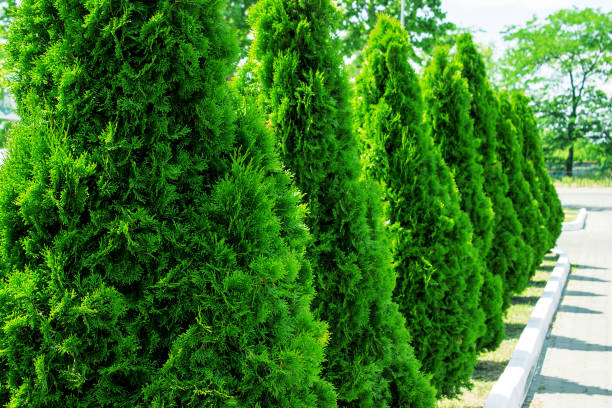Deruvala Cecilifolia Flower 2025
Deruvala Cecilifolia Flower, on the shoot of ‘Cool Splash’ on the shoot. Photo Tom Christian.
Small, summer flossing, sharp, sharp, sucking shrubs spread underground through a genes, runners or stulin and form colonies of deruvala cecilifolia Flower. Easy, anti-, serot, 5-18 cm tall, 3 bundle stains address marks. Celements with loose scales. Inflursence 3- or 5 flowers, which form axial or terminal panels.
Small flowers small, 1.1-2.1 cm long, yellow, two loopades. Corolla fireplace shaped, 5 lobed. Stemence 5, flames, style and style spread from Corolla. Fruit cloud capsules remain on the fruits, the whole fruit lasts for two years, with many small spoonfuls of seeds. Sometimes confused with Vegella, many of whom were kept here, but born on the current season’s growth, their small, two lipid flowers varies from Vegella (Ben 1981a; Lance 2004;

Deruvala Cecilifolia species kinds
All three derial species are from East North America and are commonly found as rocky residences or growing shrubs in open wives where they are installed with pests such as flies and hakamotes (Lance 2004). Although Derula has traditionally been significantly less popular in cultivation than the traditionally close -related and more prominent Vegella, which is the native of Asia, they are popular in North America and thus a hard, reliable, small shrubs in Europe.
Are popular as groups. They will grow in almost any soil and are famous for their drought tolerance, which increases their use in municipal planting schemes. They grow well with very little care, get flowers in the summer, and their sucking habit is simplified to preach: Sourcers can be removed and re -applied to the spring.

Or can be poured, or soft wood cuts can be taken in the summer. They are usually troubled, but the leaf location and powder can suffer from mildew. In addition to their use in municipalities, they are occasionally seen in the border gardens of the border, as a small hedge, or in the Woodland Garden where they are well natural (Hillier & Cumbus 2002; Berkel 2003 ) Sheffield is the national plant collection of Derola in the Botanical Garden, South Yorkshire.
IMPROVEMENT DERUVALA
In recent years, a lot of work has been seen to improve the Deruvala Cecilifolia Flower range for gardening and many new choices, such as de -revolers Kodiac cultivation, are being tried and registered in the United States every year. . As Larry Hatch (2017) said, they have a lot of good qualities – many new farmers exhibit interesting plants, and in many people the autumn color is excellent.
He also emphasized a new interrogatory cross between Declafolia ‘butterfly’ and Vegella Florida, which will undoubtedly export many extraordinary plants in the coming years: ‘It made the best diverse, bronze, purple color color. Take the sieve and the compact clone. Give this generation of pure Deruvala Cecilifolia Flower a really clear future ‘(hatch 2017).

The name of Derola is named after the French surgeon Derreville (Deruvala Cecilifolia Flower), who observed jeans during a visit to Canada on 1699-1700. On his return to France, he introduced D. Lunisra to European cultivation and was later named Jeans. It was being cultivated in England by Miller by 1739.
De Reviewers will not be introduced in the UK until 1902 when materials arrive on the cue. It seems that the introduction of D Cecilifolia has passed without a clear record, thought it must have reached Europe by the middle of the 19th century, as it was in European cultivation that Hybrid D. was born at that time. – Ben described D Lunisra as the ‘minimum decoration of Derola’ and praised D Cesolpholia for large and more prominent flowers.
He advocated that ‘it should be connected again in the spring season before the growth begins, when it will send a dense mass of opening shoots during the summer’ (Ben 1981a )



